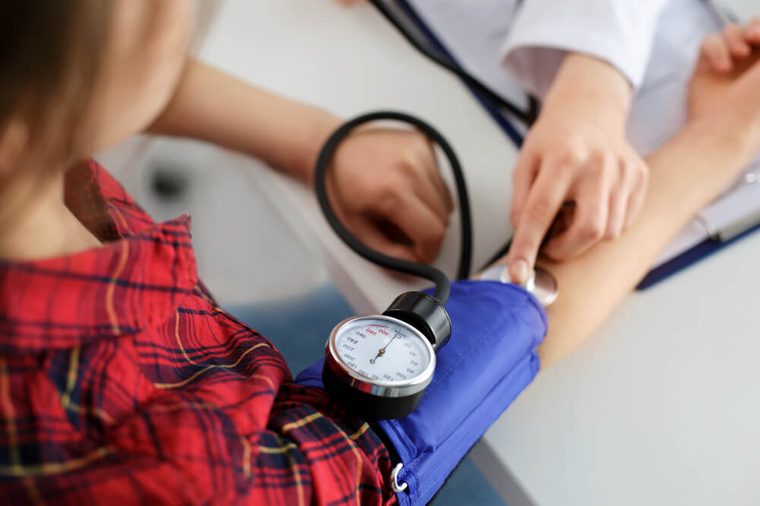
Taking readings in only one arm might not tell the whole story
Your doc likely checks to see if you have healthy blood pressure in one arm, but a Framingham Heart Study suggests that taking readings in both arms may help better identify patients at higher risk of heart disease. When researchers analyzed data on nearly 3,400 patients over 13 years, they found that about 10 percent of participants showed higher systolic readings (the upper number) in one arm. Those with arm-to-arm discrepancies of ten points or more were 38 percent more likely to have a heart attack, stroke, or other coronary event. Such imbalances may indicate plaque in major arteries. Here are some easy ways to improve your systolic pressure.
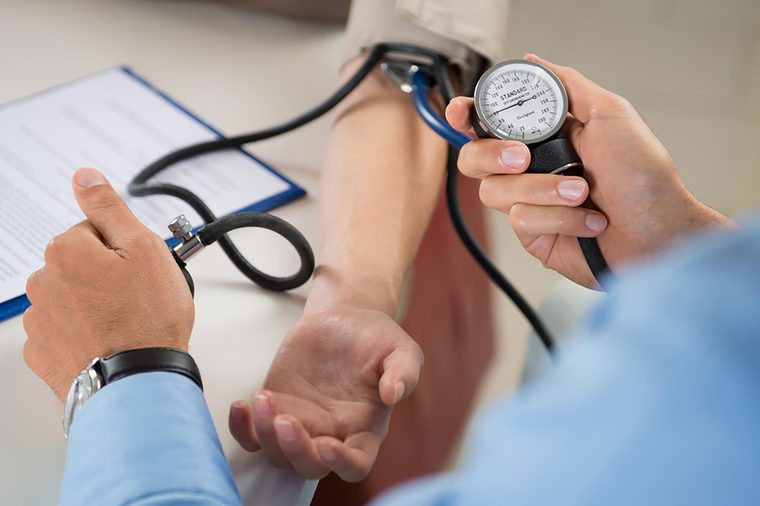
Your BP might be lower than you think
The top blood pressure number (systolic pressure) averages seven points lower when a nurse measures it instead of a doctor, according to a University of Exeter study, reported by Good Housekeeping. Ask your doctor about this phenomenon—called white coat hypertension—before starting or tweaking a prescription. Here are some more heart-health tips cardiologists want you to know.
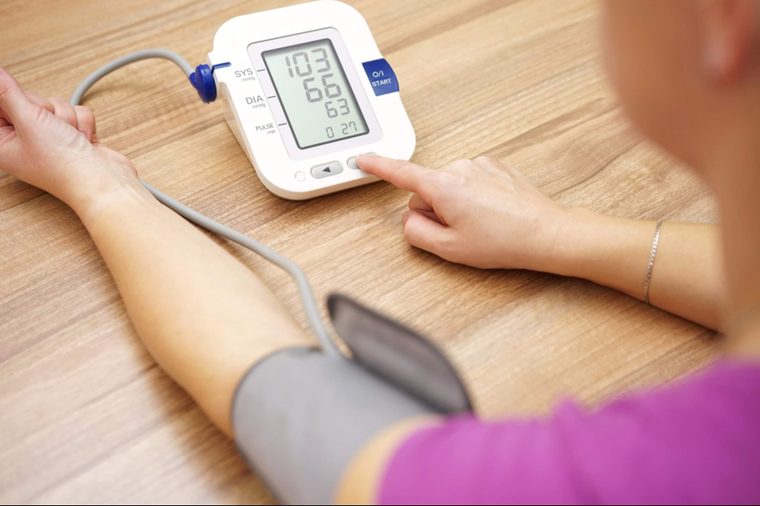
Home monitors may be inaccurate
Blood pressure readings may be significantly different from those taken in the doctor’s office in up to 15 percent of patients, according to new research presented at an annual meeting of the American Society of Nephrology. If your doc recommends you check your BP at home, it’s a good idea to bring your monitor in to your doctor’s office to make sure the device is validated. Here are some other factors you didn’t realize were affecting your blood pressure reading.
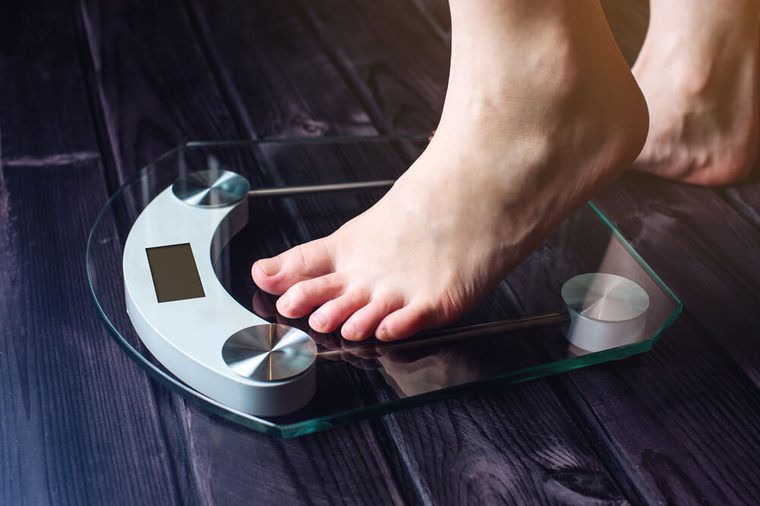
Gaining just a little weight can jack up your numbers
People who gained just 5 percent of their body weight (that’s 7.5 pounds for a 150-pound person) over an eight-week period saw a small but measurable uptick in their blood pressure—an average of 4 mm Hg for their systolic reading, according to a recent Mayo Clinic study. People who gained weight specifically in their belly had even higher increases. This is the best diet to eat to lower your blood pressure.
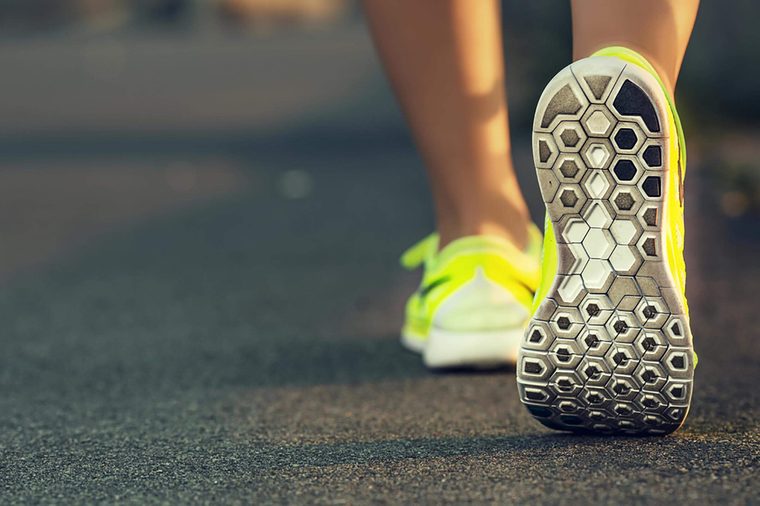
Exercise can keep your arteries young—really young
A recent study of nearly 14,000 men found that those who were sedentary developed early signs of high blood pressure in their mid-40s, while those who were fit didn’t start developing high blood pressure for another decade. While researchers can’t say exercise is the only factor responsible, there are many ways cardio exercise can strengthen your ticker. It helps the heart pump blood more efficiently and helps eliminate sodium from the body, which contributes to high blood pressure. Here are some other things you should start doing right now to prevent high blood pressure.
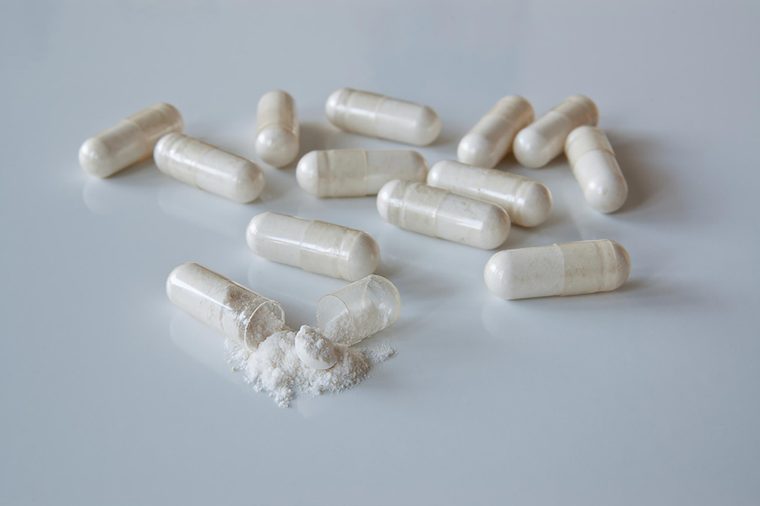
Probiotics may help nudge your BP down
An Australian review of nine studies on these good-for-your-gut bacteria found that people who took probiotic supplements lowered their systolic blood pressure (top number) by an average 3.56 mm Hg and diastolic blood pressure (bottom number) by an average 2.38 mm Hg, compared to those who didn’t take them. The effects were only seen in people who took the supplements for eight weeks or longer. Those with more than one kind of bacterial strain lowered BP more than supplements with only one kind of bacteria. “Probiotics might help lower blood pressure by having other positive effects on health, including improving total cholesterol and low-density lipoprotein, or LDL, cholesterol; reducing blood glucose and insulin resistance; and by helping to regulate the hormone system that regulates blood pressure and fluid balance,” lead study author Jing Sun, PhD, said in a press release. (Here are other natural ways to lower blood pressure.)

Seeing your doc more often can help keep your numbers in check
Patients who saw their doctor at least twice a year were more than three times more likely to keep their blood pressure under control than those who visited only once or less often, according to a new study of 37,000 people published in the journal Circulation. After the researchers controlled for such variables as diabetes, health insurance, body mass index, and smoking, they found that doctor visits were the strongest predictor of blood pressure control. Here are some heart-health tips that heart doctors follow themselves.